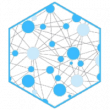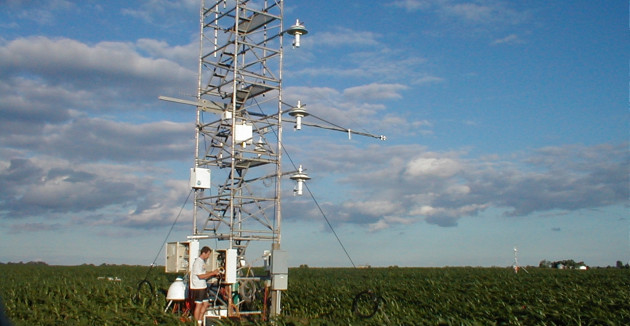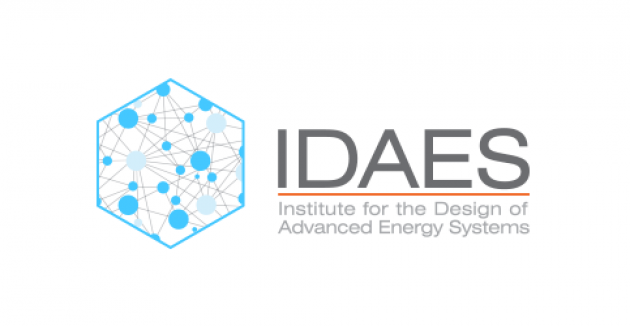
Collaboration Shines in Materials Project Success
The Materials Project aims to take the guesswork out of finding the best material for a job—be it a new battery electrode or a lightweight spacecraft body—by making the characteristics of every inorga…
The Usable Data Systems (UDS) group* performs research and development on software and methodology for improving the usability, quality, and security of scientific computing. The group is a mix of software engineers and computer scientists. We work with earth scientists, material scientists, chemists, process engineers, and physicists, as well as the NERSC and ESNet facilities. Our approach is distinguished by a strong focus on usability and user research, early and often in the software design process because we believe that designing the best systems can only occur when we have the best understanding of the constraints, needs, and culture of the scientists who will use it.
Group Lead: Dan Gunter
* Formerly Integrated Data Systems (IDS)
Projects
Carbon Capture Simulation Initiative

Materials Project

AmeriFlux

NGEE Tropics

IDAES

NAWI

CCSI2

Cybersecurity Research and Development

Cybersecurity for Energy Delivery Systems Research and Development





































